Submitted by WA Contents
Manga - Vila Santa Thereza Building by Laurent Troost features yellow metal screen in Brazil
Brazil Architecture News - Jul 20, 2020 - 10:04 6721 views
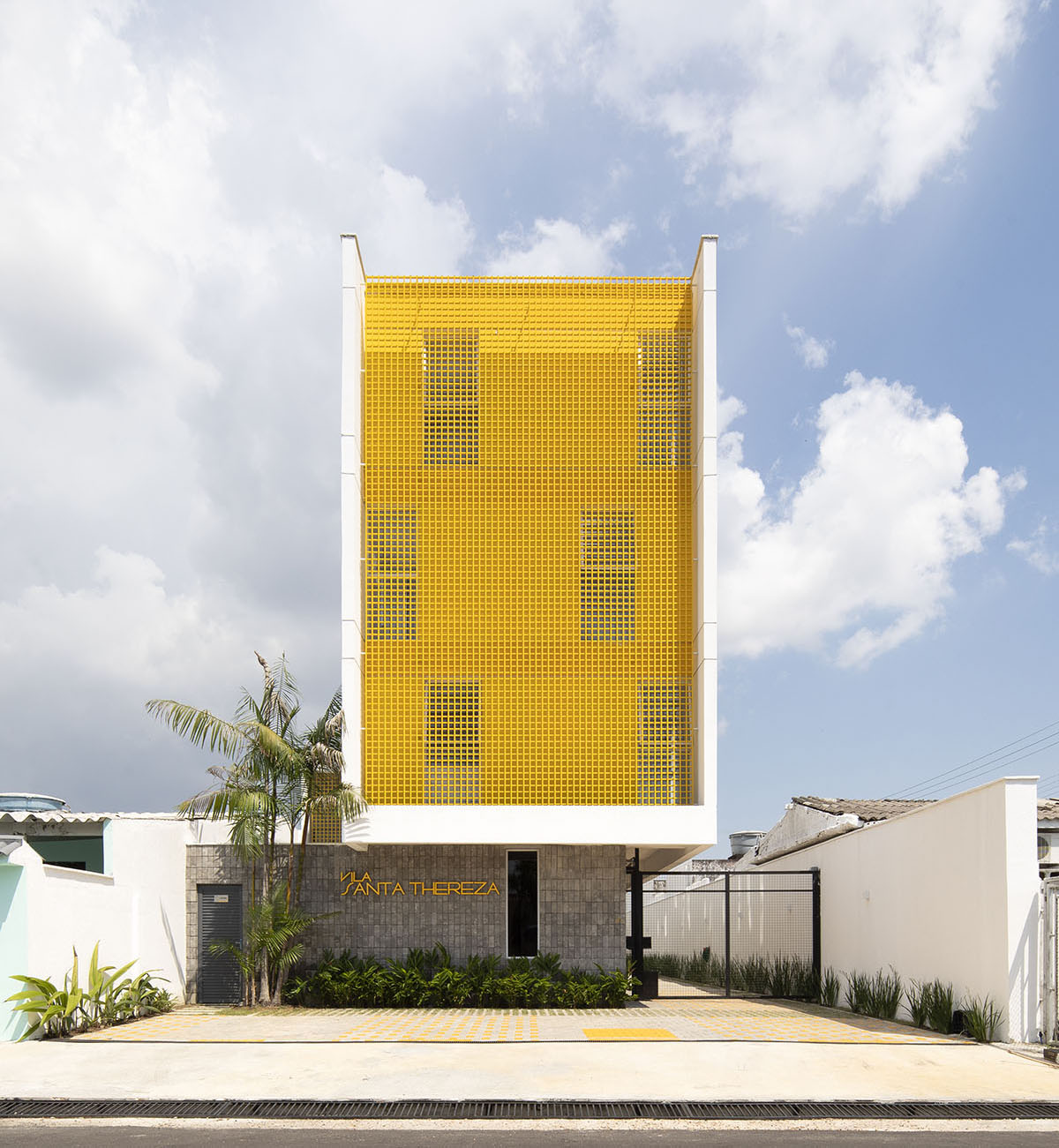
Brazilian architecture studio Laurent Troost Architectures has added a yellow metal screen to a new housing complex in Manaus, Brazil.
Named Manga – Vila Santa Thereza Building, the 1,039-square-metre complex includes two apartment blocks that are marked by a yellow-colored facade to filter sun and reduce heaviness of buildings.
The Manga – Vila Santa Thereza Building has recently been nominated by the IAB (Brazilian Architects Institute) as one of the 20 projects to represent Brazil at the international phase of the 3rd Oscar Niemeyer Prize for Latin American Architecture. The exhibition and the award ceremony will take place at the Quito Architecture Biennial (BAQ) in November.
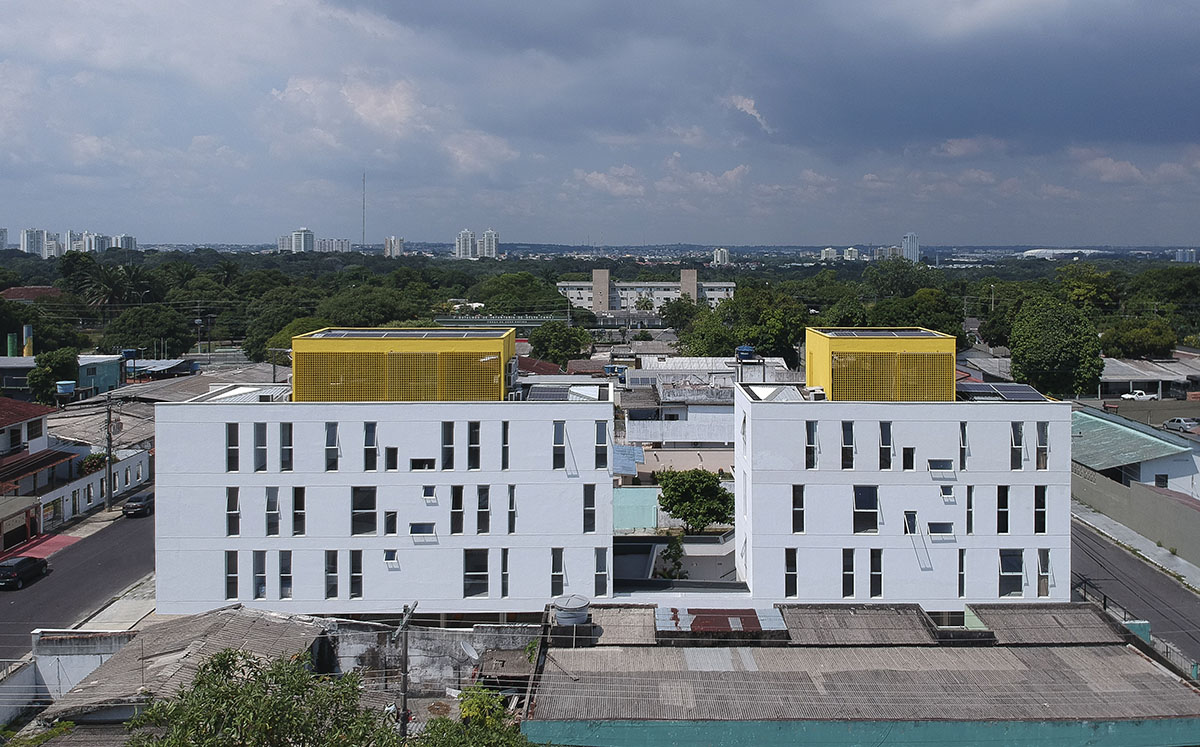
The client first commissioned the studio to design 18 studios, but Laurent Troost Architectures proposed a different approach and the architects arranged 12 apartments of different types: 3 studios, 3 1-bedroom apartments, 3 2-bedrooms apartments and 3 3-bedrooms apartments.
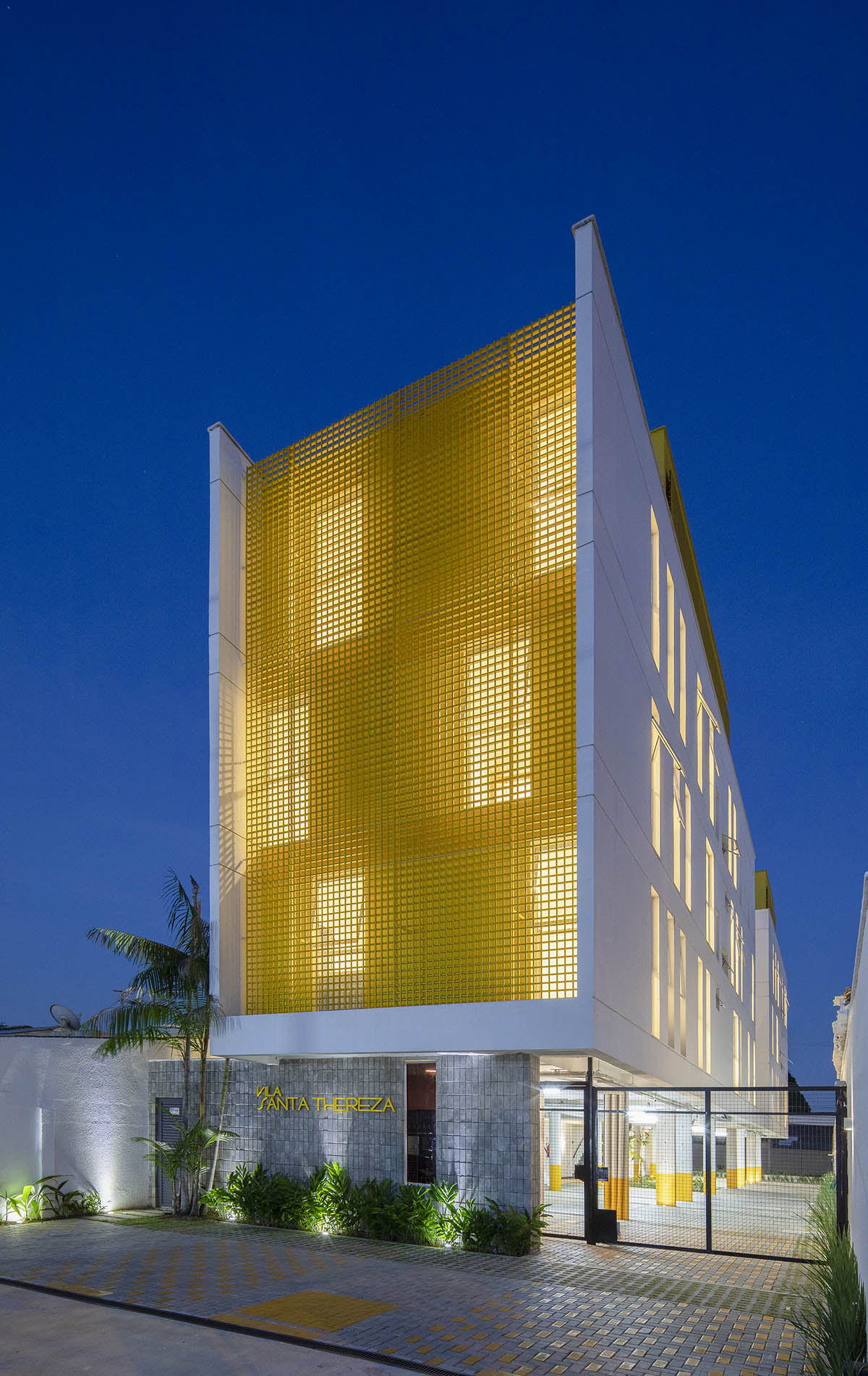
"This change in briefing pleased the client who had a lower investment and a higher return. But the most important gain was for the city with this venture that values social mix: students and singles inhabit with young couples and families," said Laurent Troost Architectures.
The East-West orientation of the 12x49m plot allowed for a longitudinal use that favors a building with less exposure to the rising sun and the setting sun.
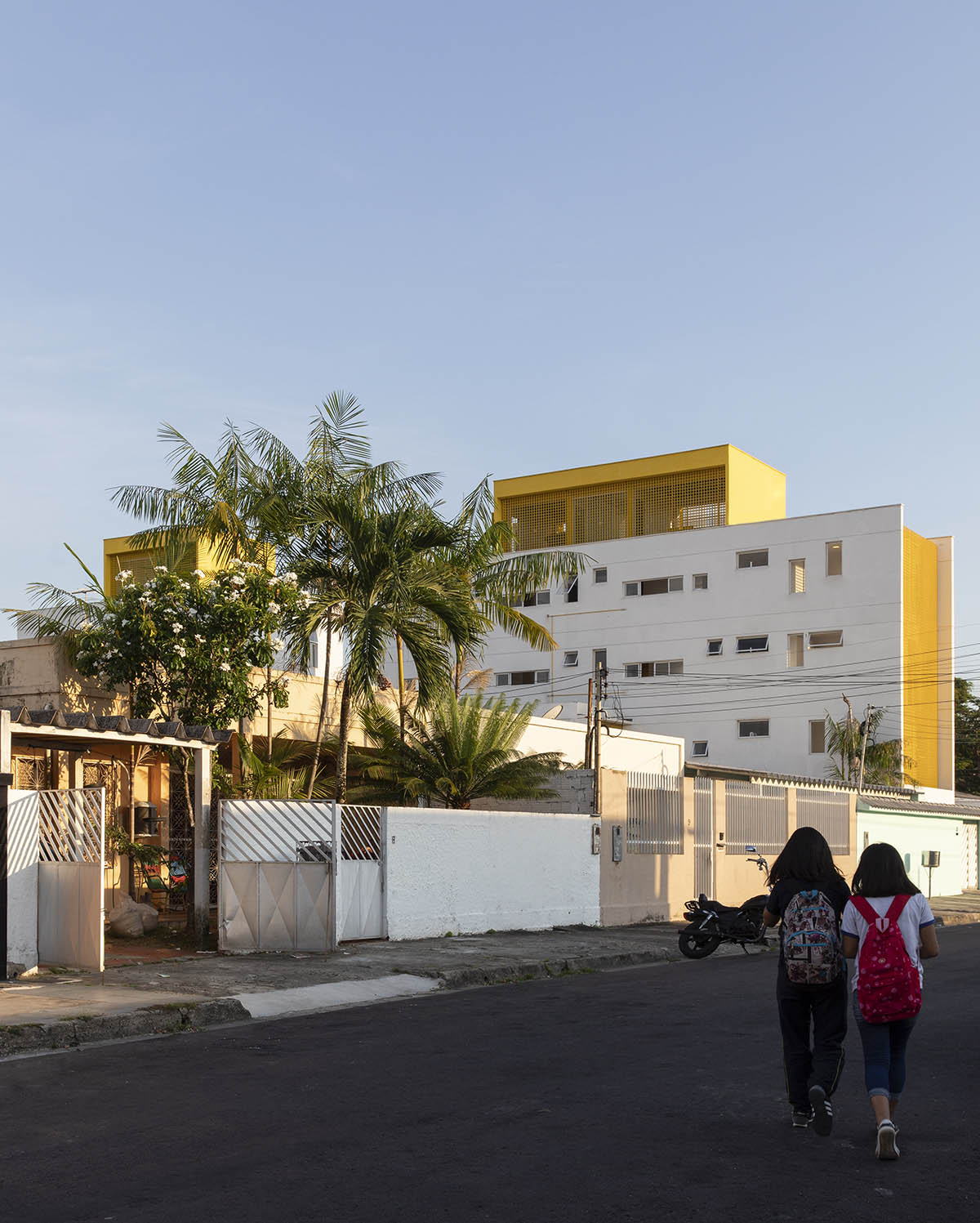
Creating 2 blocks of 2 apartments per floor was a decision based on 3 factors: 1) respect for the typologies of the neighborhood that value a courtyard with trees, 2) the importance of the void as an element of thermal insulation, because, thanks to the East implantation -West, a block shadows another when the sun is in its most horizontal position, and 3) respect for the pre-existence of a large mango-tree that, unfortunately, could not withstand the inconvenience of the work. The void has its value and a mango-tree has been re-planted.
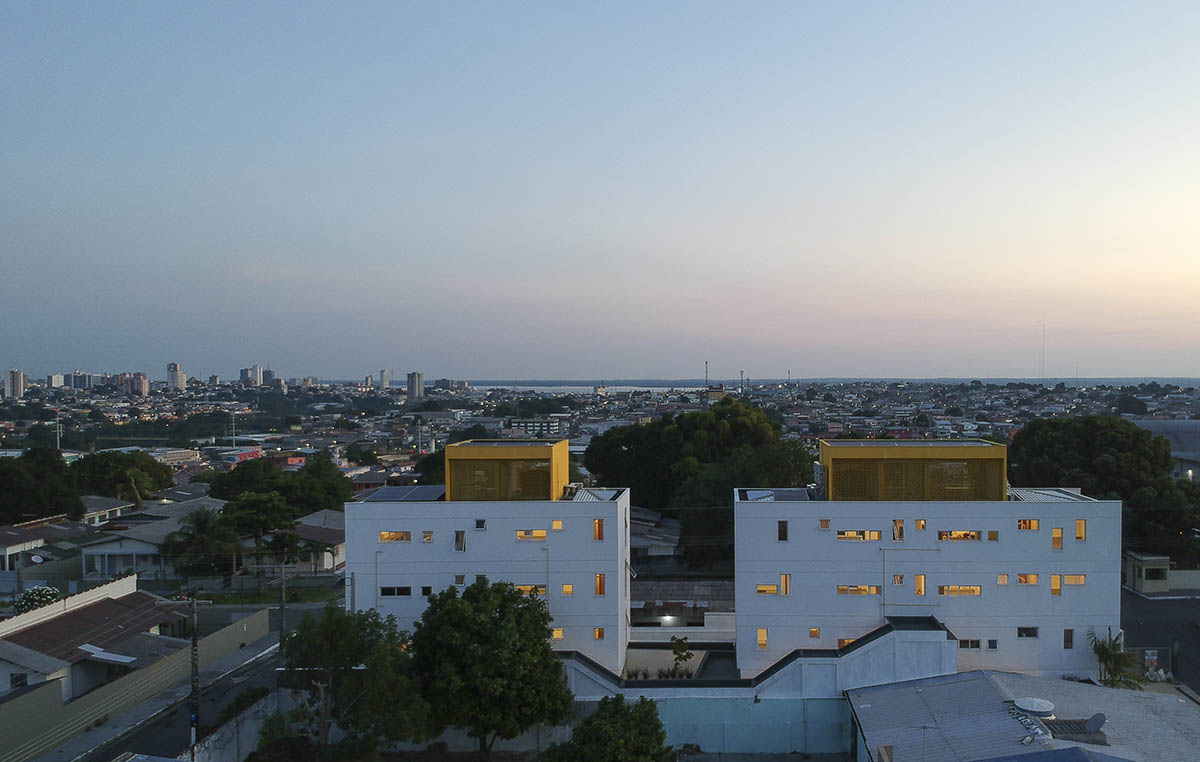
"On the façades most exposed to the sun (East and West) a metal grid was installed that filters the light and the views, creating a yellowish “halo” in line with the mango tree that originated the project concept," added the studio.
"These metal grades also reduce the solar incidence in order to reduce the need for cooling the apartments."
Taking into account the origin of the prevailing winds in the region, the reduced width of the blocks as well as the design of the openings in each facade were planned to guarantee cross ventilation in all spaces.
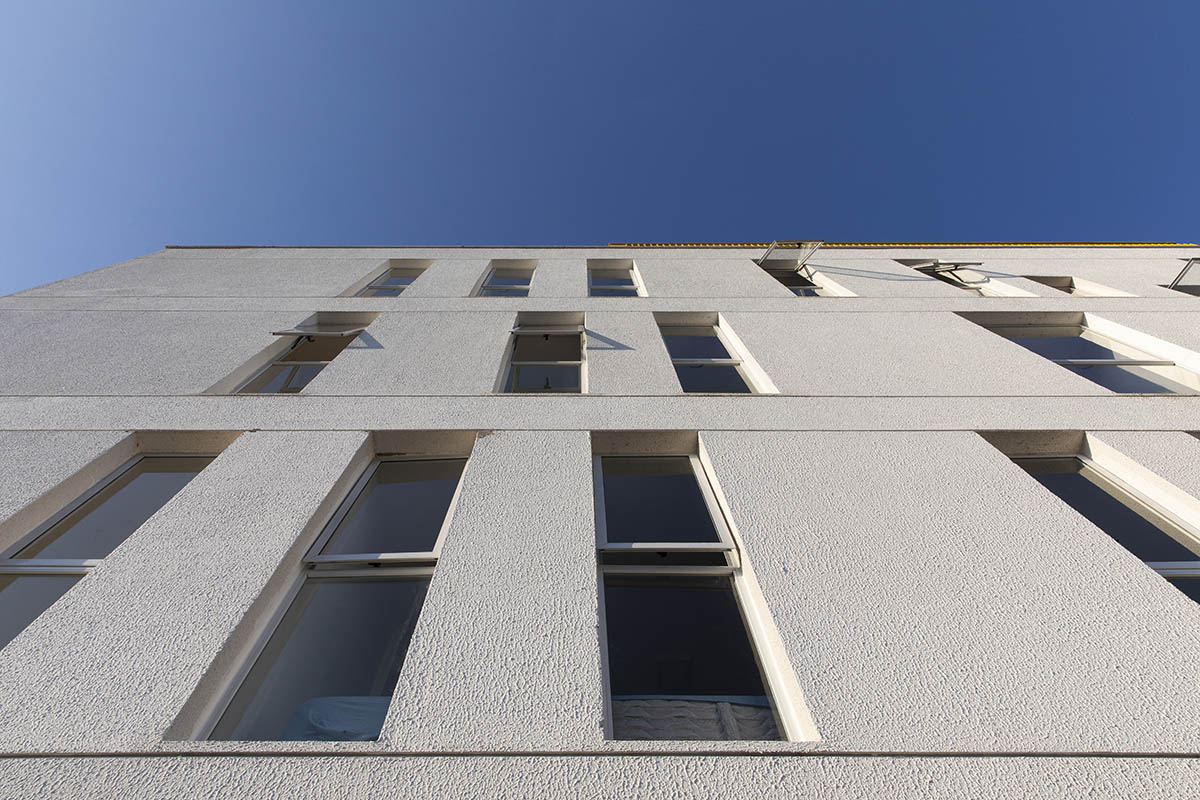
These passive sustainability characteristics of the building allow the demand for energy consumption of each housing unit to be well below the local average. The common areas have their light produced by photovoltaic panels installed on the roofs.
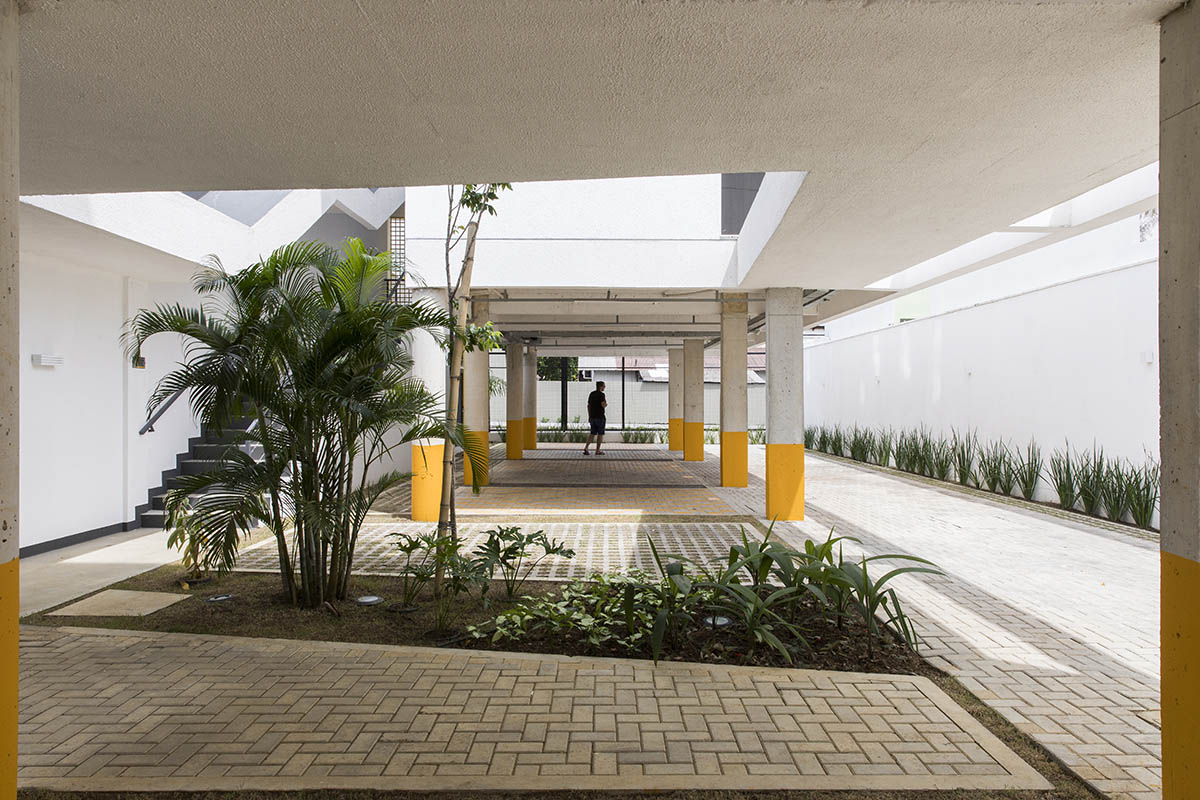
The typology proposes a kitchen / laundry area integrated with the living / dining area for all apartment models allowing greater interaction between users.
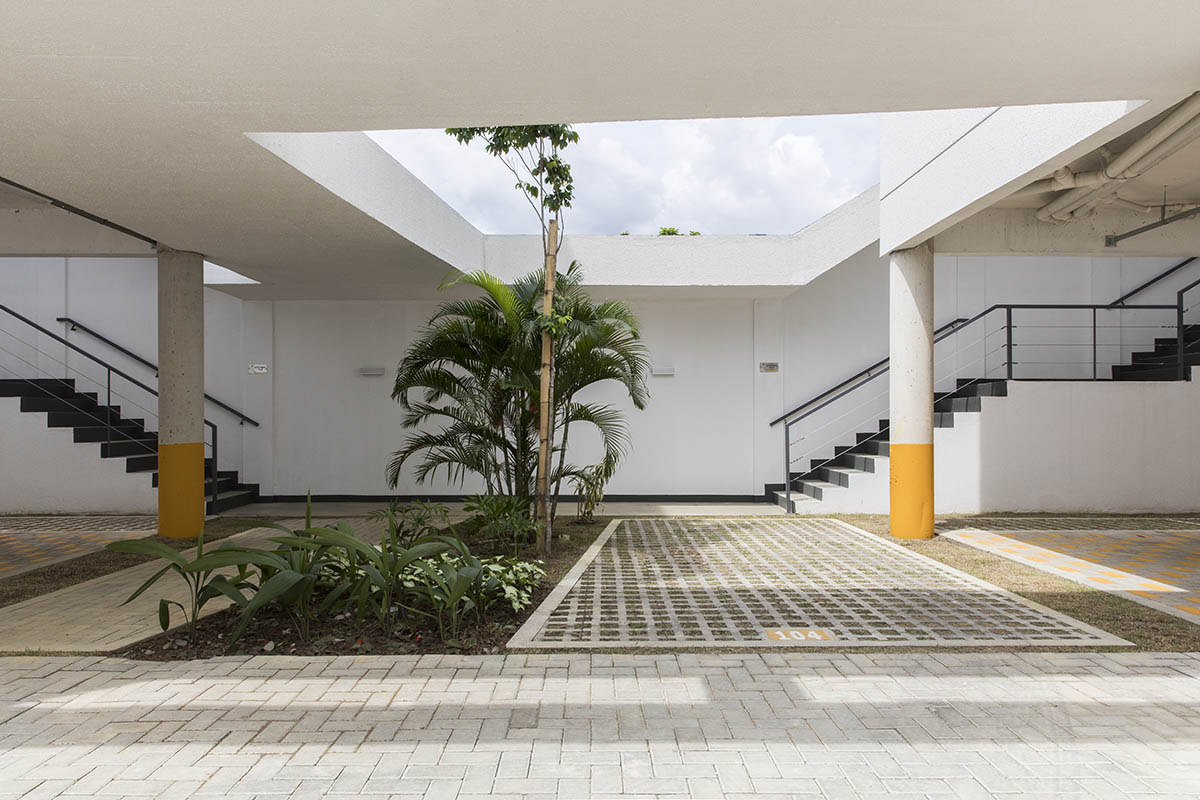
Because it is located in one of the higher point of the city, and because it has floor-to-ceiling windows, all apartments have views of the street and the nearby neighborhood, but also of the distant Rio Negro, symbol of the Amazon.
In short, the Vila Santa Thereza building tries to present conditions of passive sustainability and identical spatial qualities for all units in order to achieve social equality.
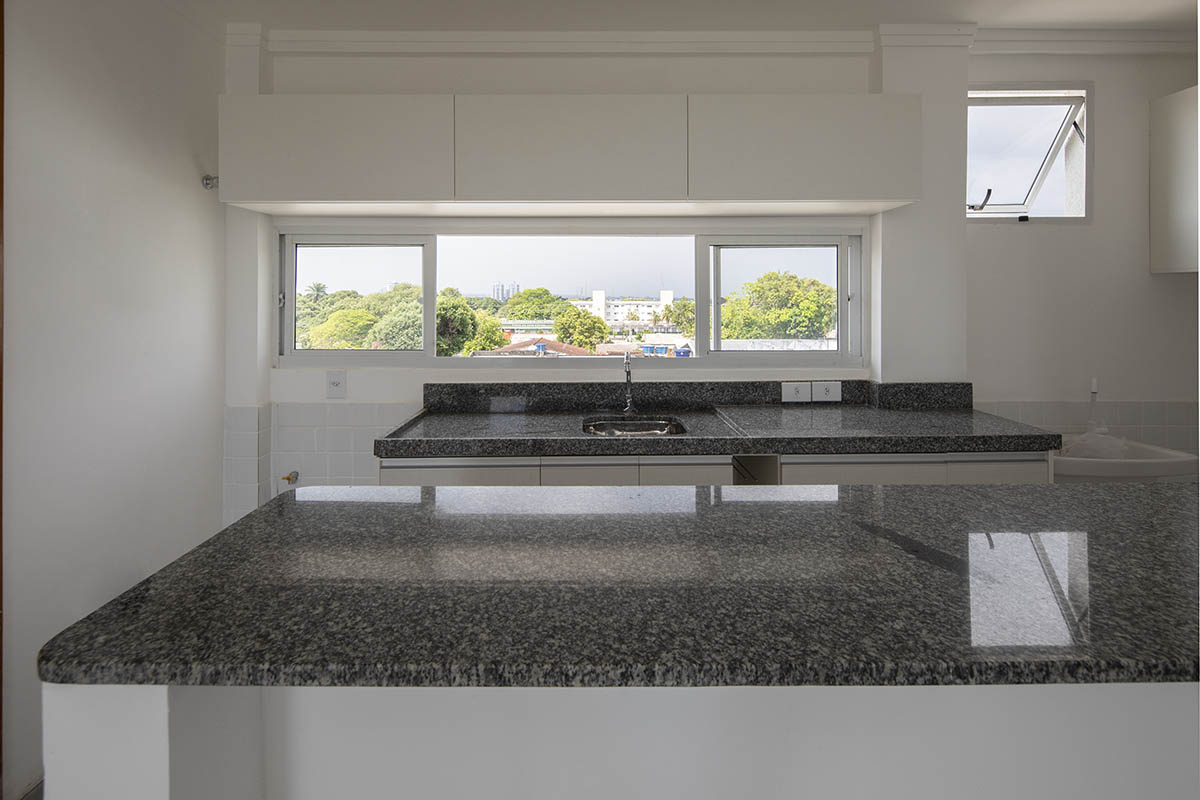
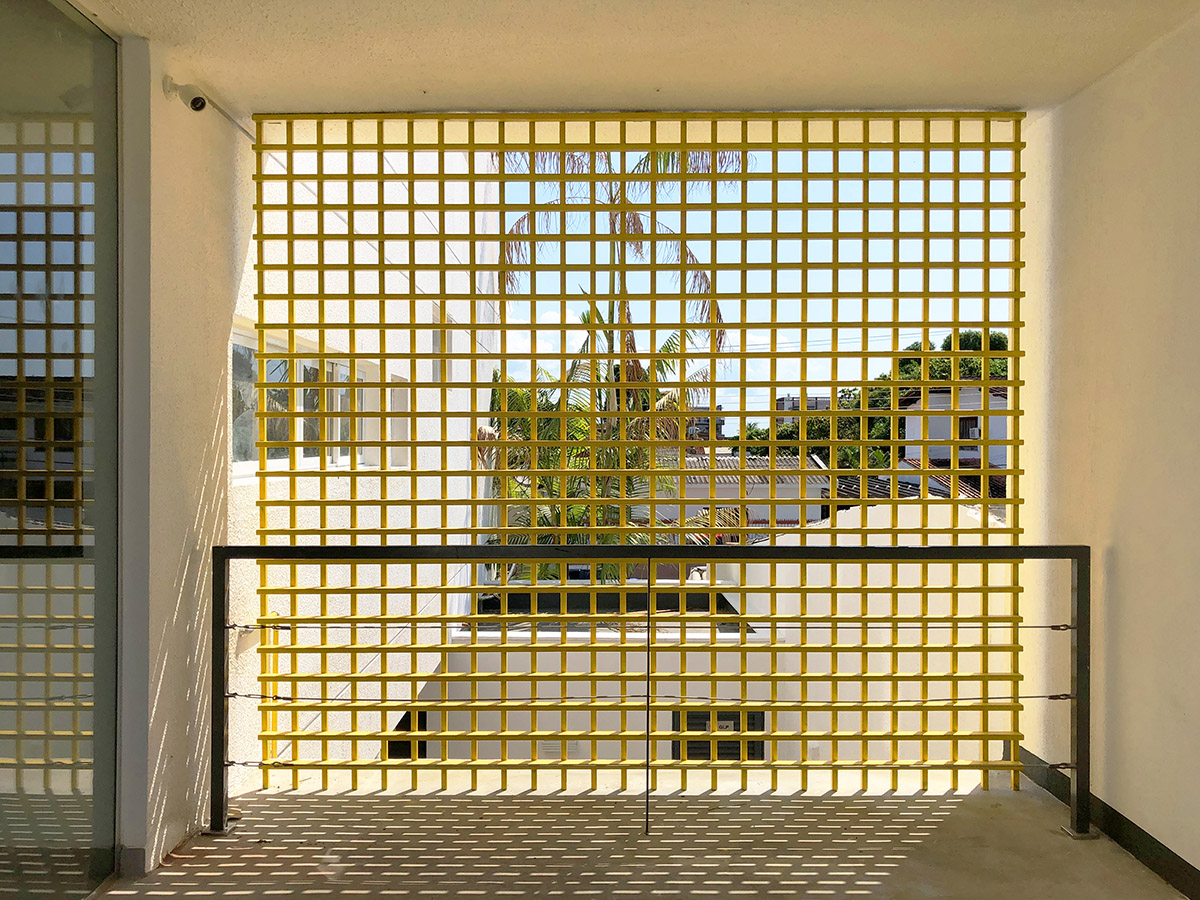
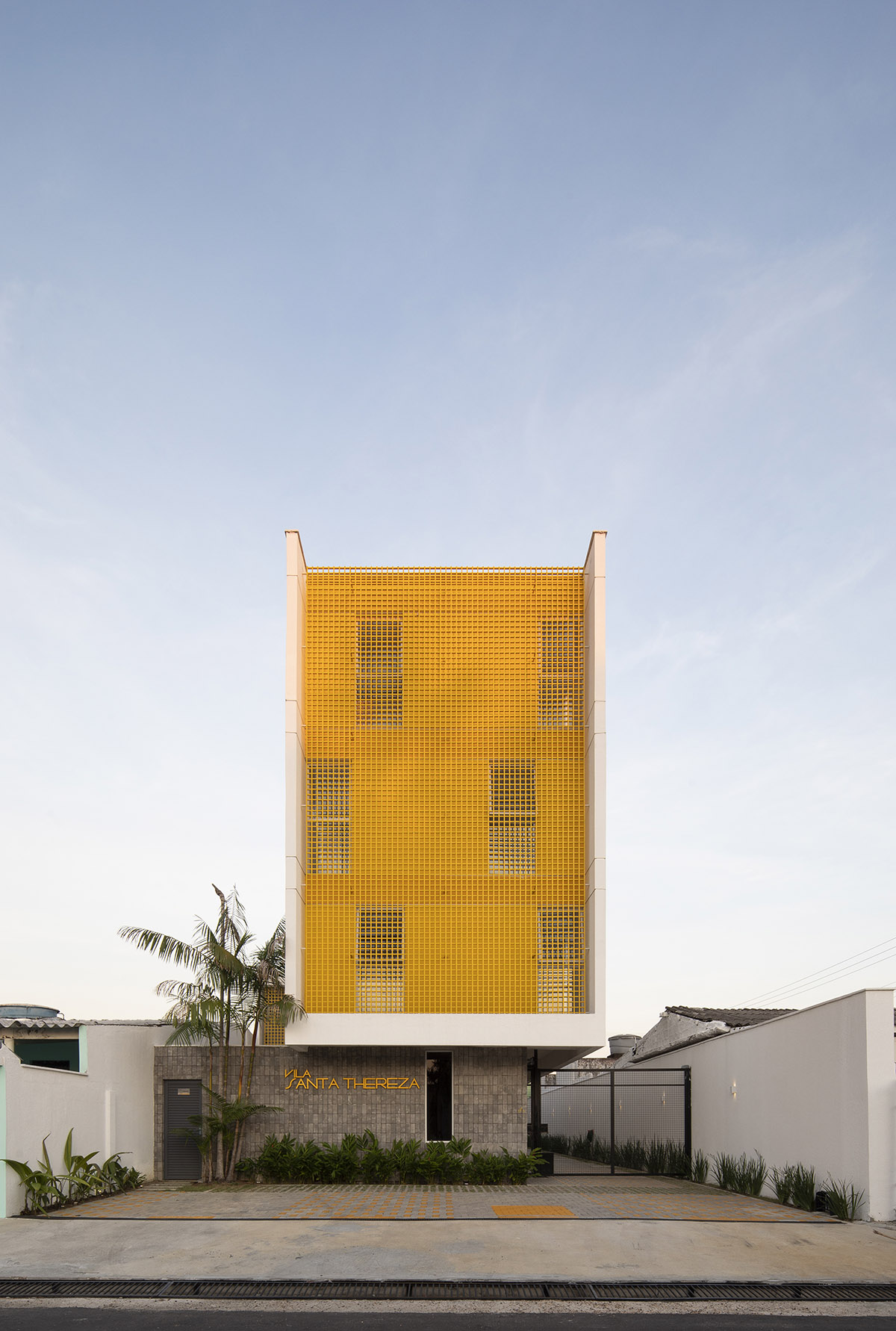
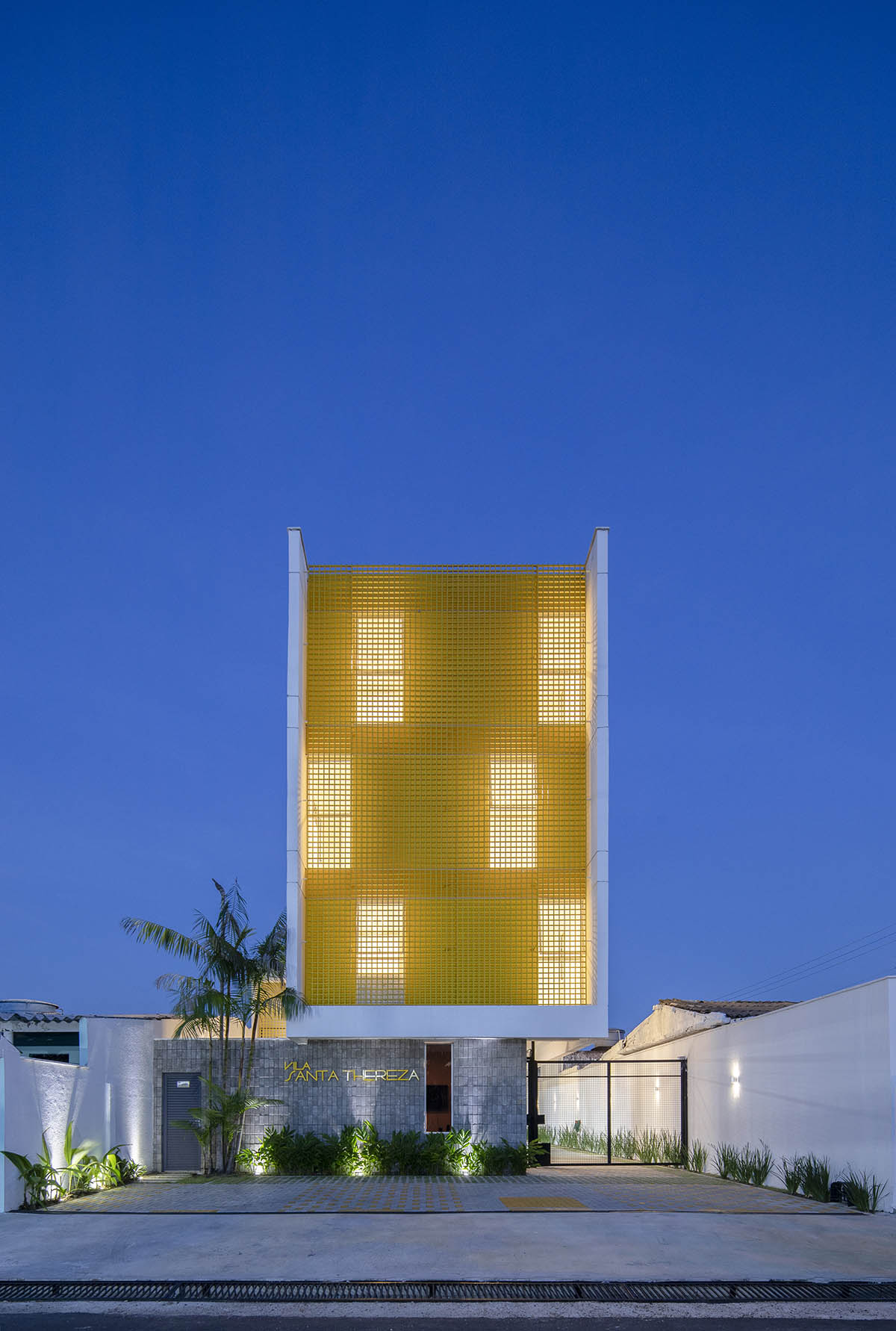
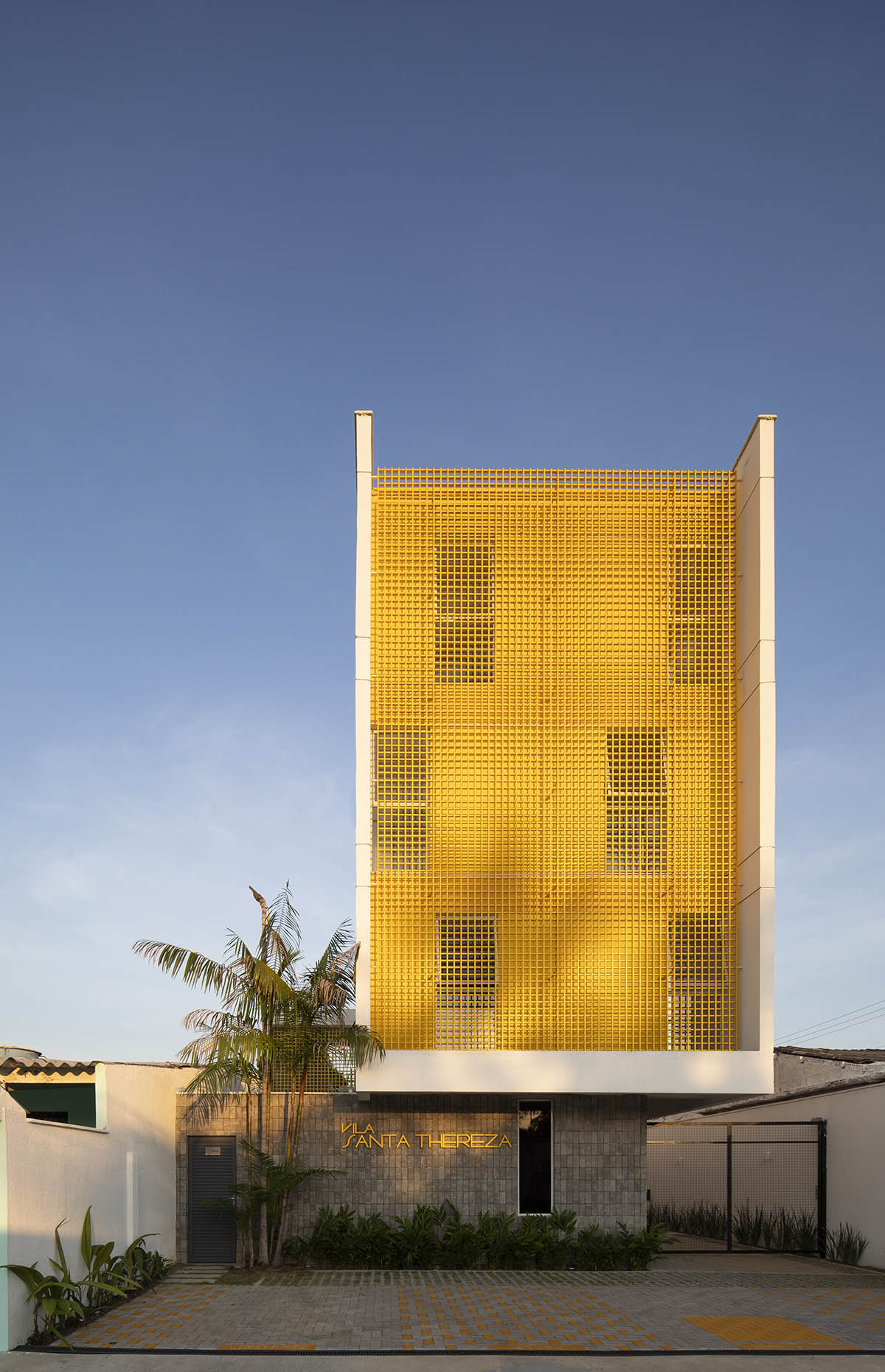
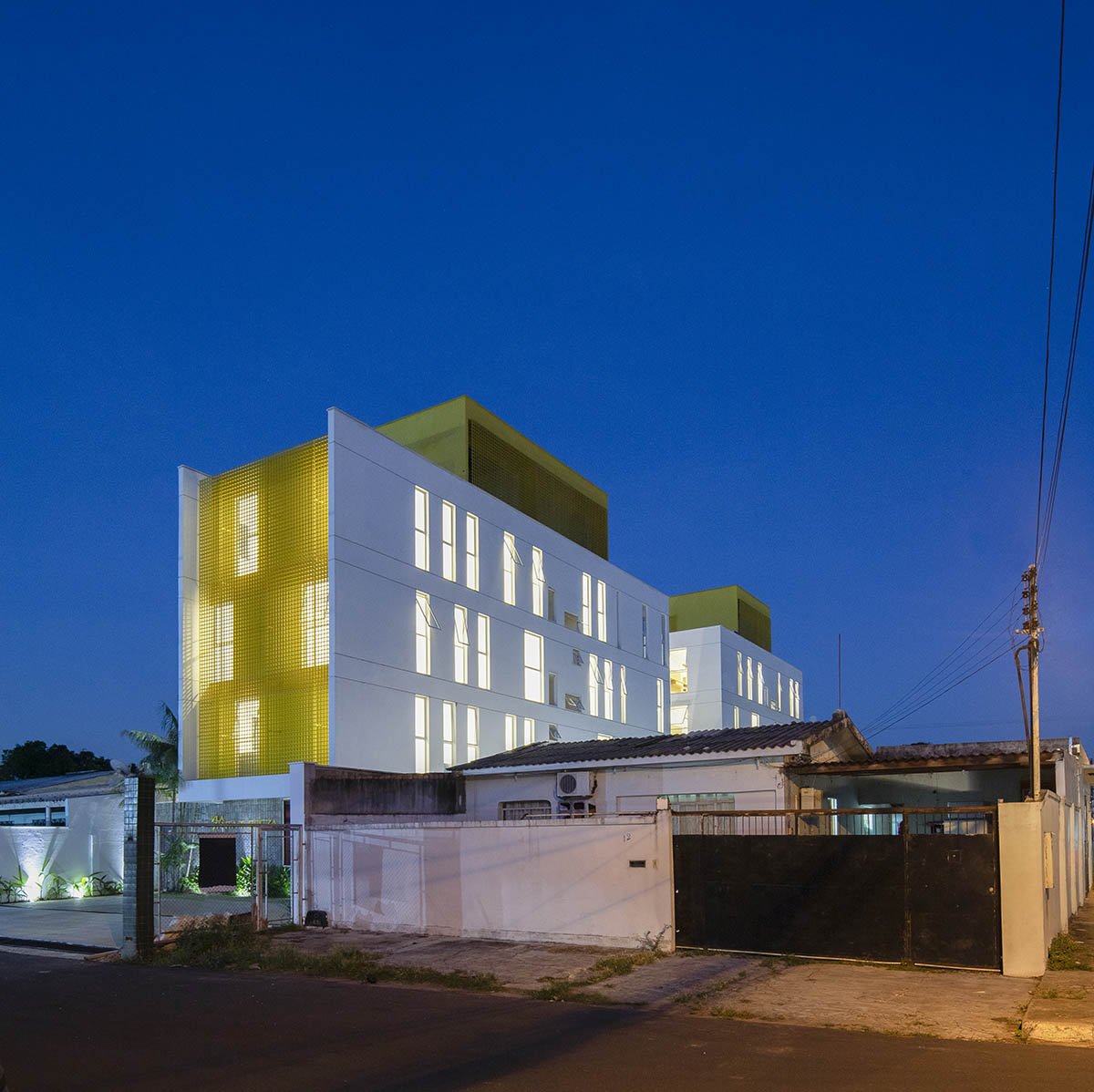
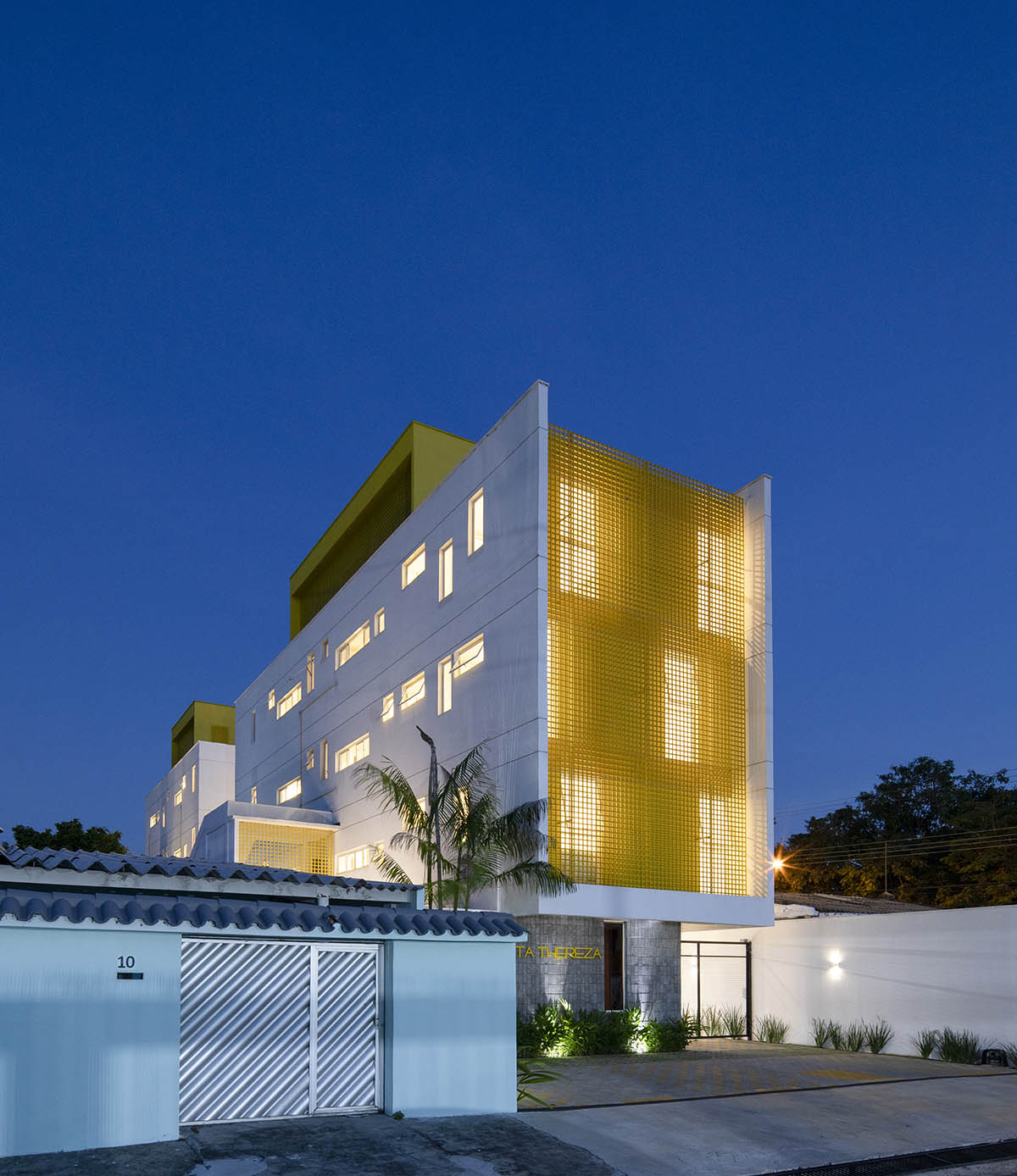


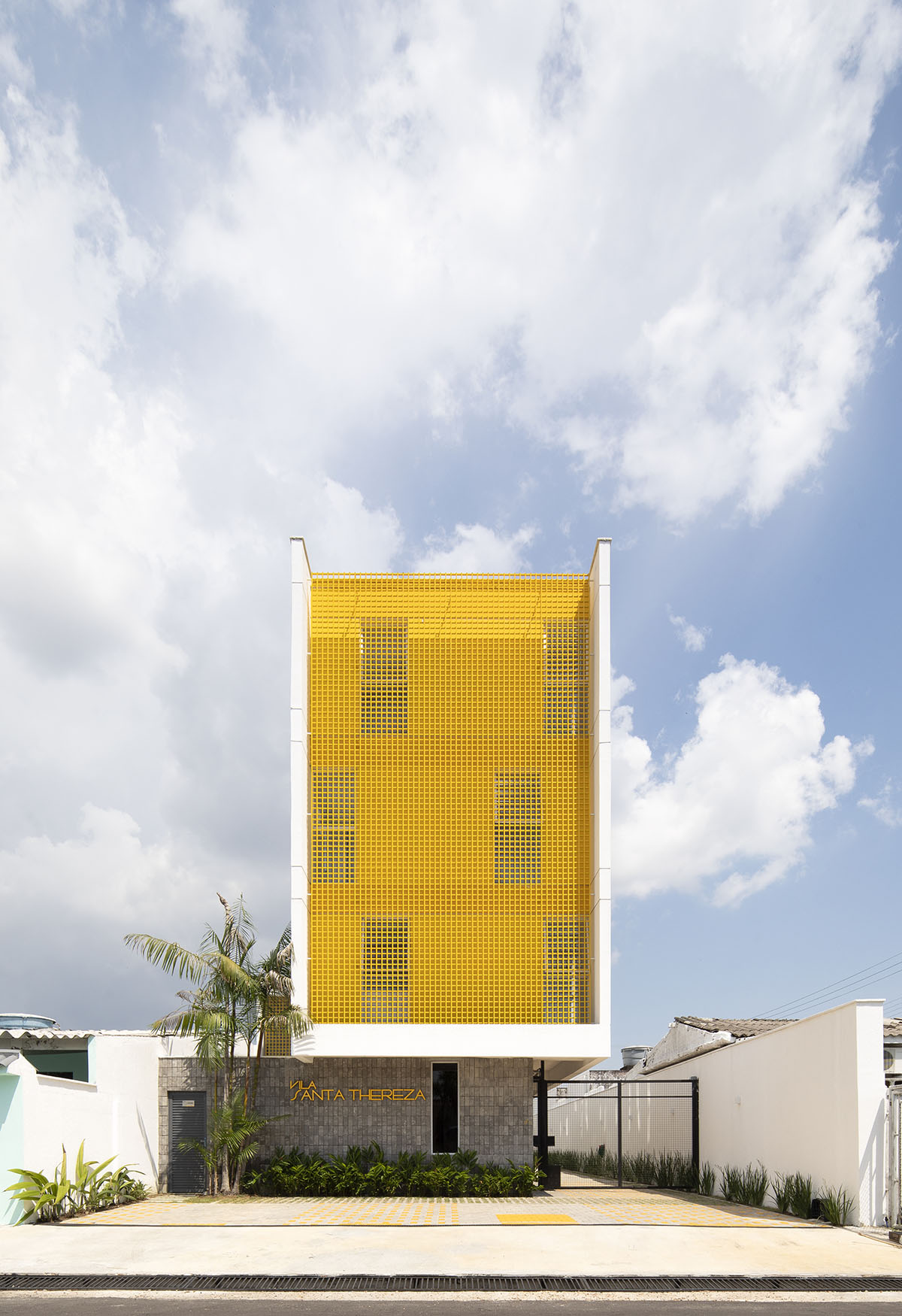

Diagrams
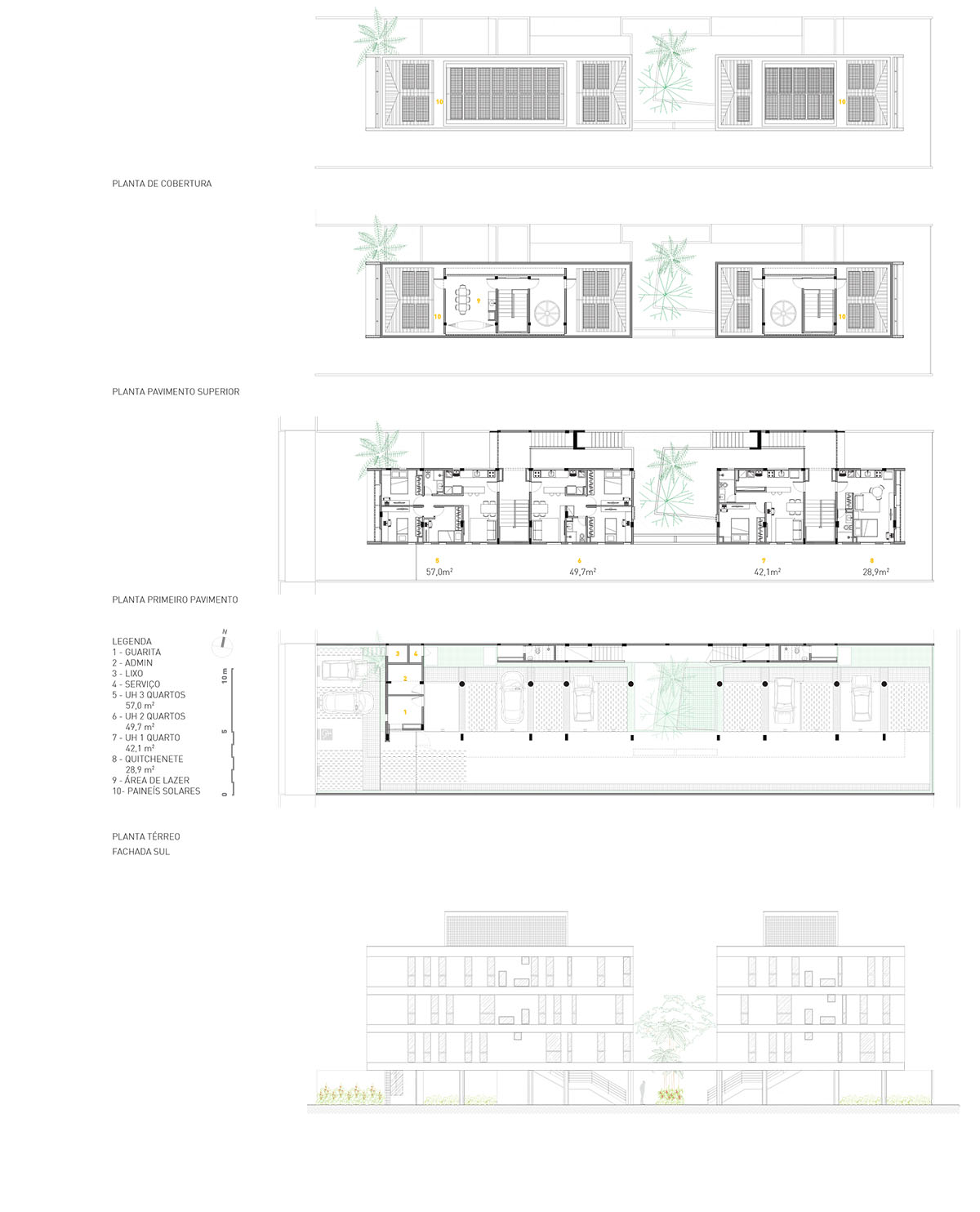
Plans, sections and elevations
Laurent Troost Architectures, founded by Belgian architect Laurent Troost, won the WA Award in the 30th Cycle with Casa Campinarana in Brazil.
The studio previously completed a transparent pavilion in Brazil.
Project facts
Built area: 1.039m2
Project: 2016|2018
Completion: 2017|2019
Architecture: Laurent Troost Architectures
SD Phase Team: Laurent Troost, Diogo Lazari, Raquel Brasil dos Reis
CD Phase Team: Laurent Troost, Raquel Brasil dos Reis
Structure: Thais Nina
MEP: Eng: Harlen Santos
Landscape: Laurent Troost, Hana Eto Gall
All images © Maíra Acayaba
All drawings © Laurent Troost Architectures
